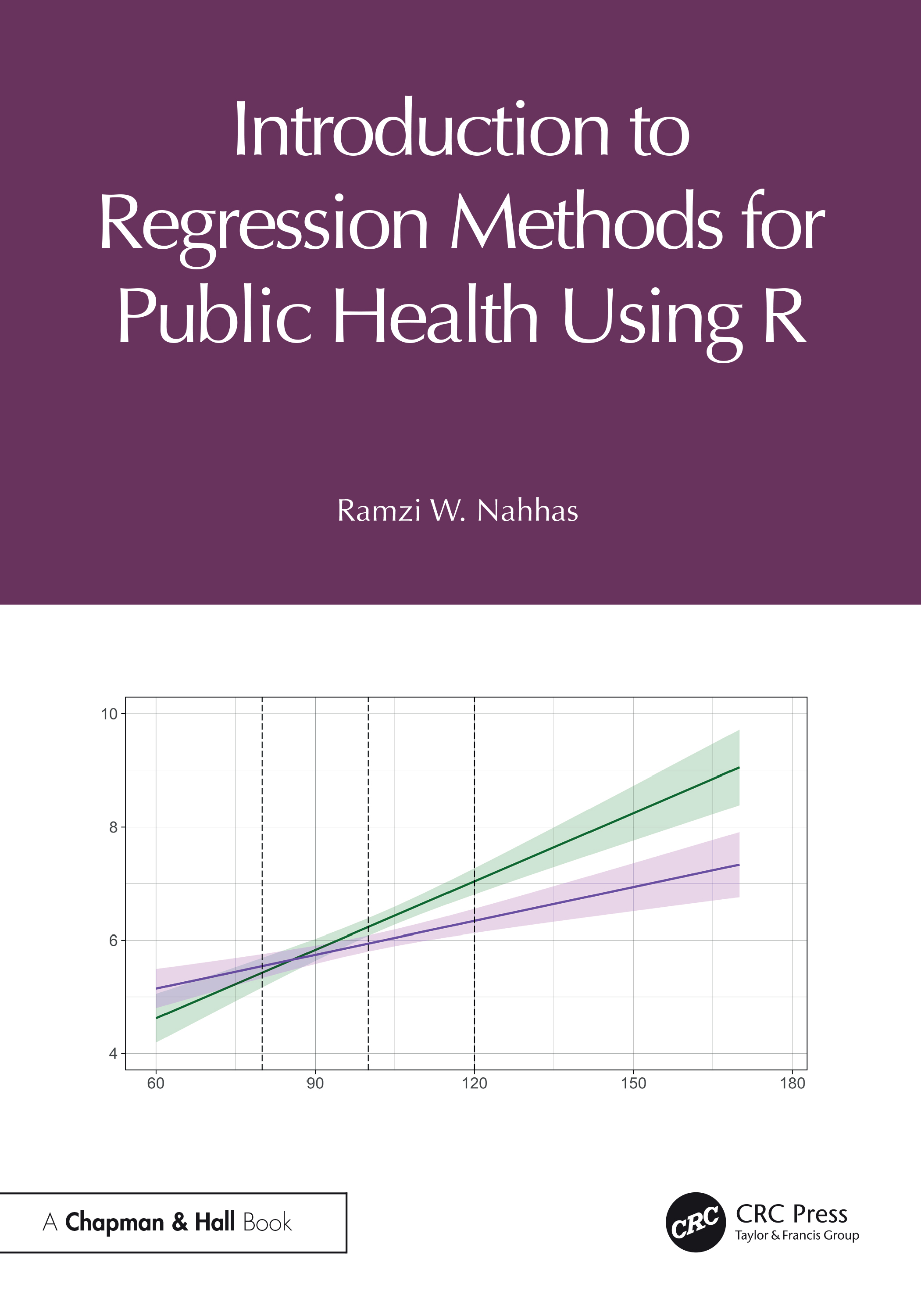Introduction to Regression Methods for Public Health Using R
2025-05-21
Online License & Hardcopy

The online version of Introduction to Regression Methods for Public Health Using R, by Ramzi W. Nahhas, is licensed under a Creative Commons Attribution-NonCommercial-NoDerivatives 4.0 International License.
You can purchase a hardcopy of this text from Routledge & CRC Press at this link.
